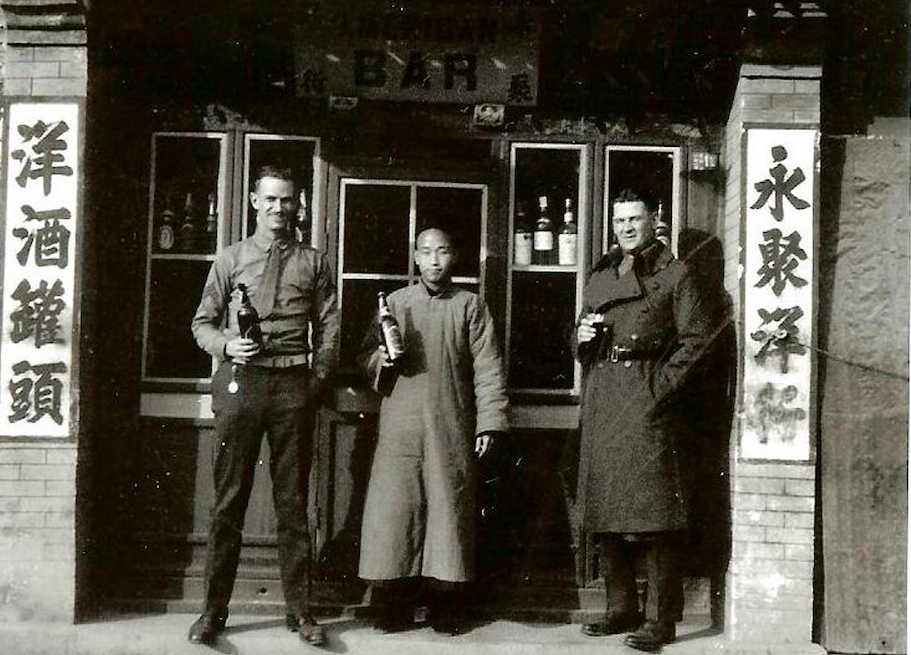What Were “The Badlands”?
The Badlands & the Legation Quarter 1935
In Paul French’s book Midnight in Peking, about the unsolved 1937 murder of Pamela Werner, a place called “the badlands” is often referred to. In fact it, was probably here that Pamela was last seen alive. But what was this place of such ill repute? What survives of it today?
The best definition of the place that we have come across can be found in Sydney Gamble’s “Social Survey of Beijing” from 1921. Gamble admittedly does not directly use the term the badlands, but in all other aspects he seems in perfect agreement with Paul French as to the area’s character:
“A careful investigation of the foreign houses of ill fame has not been made, but it is known that there are several in the neighborhood of the Tung Tan P’ailou in the southeast part of the North City and that most of the women are Japanese. West of Ch’uan Pan Hut’ung there are a number of houses in which there are Russian, French, Austrian and other European women most of whom are Jews. These places and some with Chinese women that cater particularly to foreigners are largely patronized by the soldiers from the foreign legation guards. The existence of these houses is entirely against Chinese law and it is only because of the fact that the police are afraid to interfere with them because they are connected with foreigners that they are allowed to exist at all.”
It is important to emphasize that among the bars and brothels innocent businesses catering to the soldiers could also be found - bootmakers, iceskate sharpeners and so forth. However, in 1937, a Beijing guidebook prepared especially for U.S Marines calls Chuanban Hutong - the main street of the “badlands” - “Heroin Street” a name that obviously speaks for itself.
A curious fact that is not really mentioned in “Midnight in Peking” is that just south of Chuanban Hutong was the Methodist compound with a school, a hospital and a church all sponsored by the American Methodist church. But on the north side of were the bars and brothels of the Badlands - so walking north down Chuanban Hutong you would see God’s work being conducted on your left, and something completely different taking place to your right.
But we should be careful with the use of the term “badlands.” The only use of the name in a first hand source that we have come across is in one of the many investigative reports regarding the murder of Pamela Werner that her father Edgar Chalmers Werner took upon himself to write to various authorities. Werner often used quite colourful language, describing the customers of bars and brothels as “sexual sadists” or “degenerates”. Such expressions were probably not generally used by everyone, so whether “the Peking Badlands” was Werner’s own term or one more broadly used in 1930s Beijing is difficult to determine. It is probably from Werner’s letters, which constitute the bulk of the source material for Midnight in Peking, that Paul French picked it up.
Regardless of what it was named, the area around Chuanban Hutong has its own specific history. It emerged due to the presence of soldiers stationed in Beijing after the Boxer rebellion in 1900. Thousands of foreign soldiers - often without much soldiering to do - were now living in Beijing, and were hungry for entertainment. The heyday of the area seems to have been the 1930s, but after the Japanese occupation other nationalities were gradually more and more restricted in their movements and business took a dive. A good guess is that the area was completely closed down when the communists occupied Beijing in 1949.
Many of the buildings of the Beijing badlands are nevertheless still standing today, and some of the older residents of the narrow hutong lanes even remember that during their childhoods in the 1950s many foreigners - especially Russians - were still living there.

